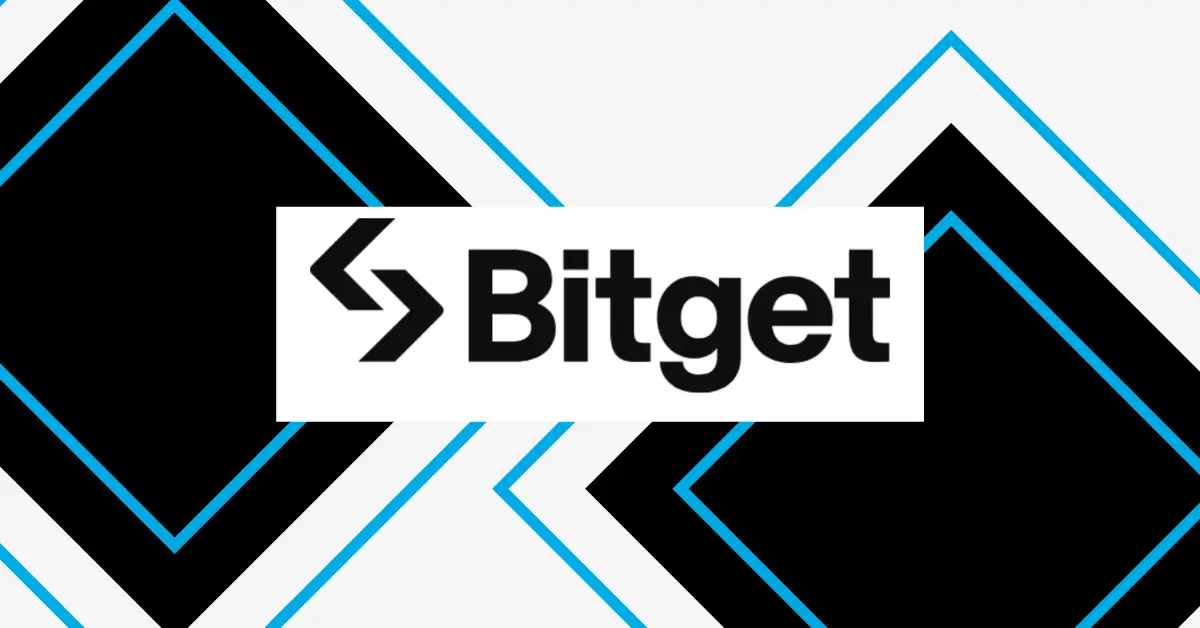
Ripple’s stablecoin, RLUSD, has secured another key exchange listing — this time on Bitget. The move expands RLUSD’s accessibility and signals Ripple’s ongoing push to establish a foothold in the increasingly competitive stablecoin market.
But with stiff competition and slow issuance, can RLUSD realistically meet Ripple’s high expectations? Let’s take a closer look.
Just weeks after its listing on BitMEX, RLUSD has now gone live on Bitget, a growing global crypto exchange. Bitget users can begin trading the stablecoin through two pairs: RLUSD/USDT and RLUSD/USDC.
By targeting these top two stablecoins, RLUSD is positioning itself within the heart of the stablecoin ecosystem — one dominated by high liquidity and deep trading volumes. It’s a strategic move aimed at accelerating adoption by traders already active in the market.
Launched in late 2022, RLUSD is a relatively new entrant in the stablecoin space. As of today, it ranks 22nd by market cap, sitting at $308.9 million, with a 24-hour trading volume of $92.5 million, according to CoinGecko.
In addition to Bitget and BitMEX, RLUSD is also available on Kraken and Bitstamp, reflecting Ripple’s steady effort to grow its exchange footprint.
Ripple has reportedly set an ambitious target — for RLUSD to break into the top five stablecoins by market cap by the end of 2025. As it stands, the goal is a steep one.
Here’s how RLUSD compares with the current top five:
| Stablecoin | Market Cap |
|---|---|
| Tether (USDT) | $152.9B |
| USD Coin (USDC) | $61.2B |
| USDS | $7.1B |
| Ethena (USDe) | $5.2B |
| Dai | $3.8B |
To even surpass PayPal USD (≈ $876M) or TrueUSD (≈ $495M), RLUSD would need to more than double its market cap — and that’s still far from a top-five finish.
According to the Ripple Stablecoin Tracker account, no new RLUSD tokens have been issued this month. This lack of issuance is a notable red flag for growth — especially since a stablecoin’s market cap depends directly on its circulating supply.
Without a growing supply, RLUSD’s market cap cannot increase, regardless of demand. This raises questions about whether Ripple is encountering internal constraints, a lack of use cases, or insufficient institutional adoption at this stage.
While the Bitget listing adds legitimacy and reach, Ripple’s top-five goal appears highly aspirational at present. If RLUSD is to become a major player, it will need more than just listings — real-world use cases, greater institutional uptake, and a steady issuance strategy will be essential.
Moreover, the stablecoin landscape is evolving quickly, with algorithmic models like USDe and regulatory-backed players like PayPal USD gaining traction. RLUSD’s success will depend on whether it can carve out a distinct value proposition — whether through cross-border payments, DeFi integrations, or ecosystem partnerships.
Ripple’s latest exchange partnership gives RLUSD greater visibility, but it also puts the pressure on. If the company hopes to meet its bold 2025 target, the next 6–12 months will be critical. More listings alone won’t suffice — utility, demand, and consistent issuance will be key drivers of long-term success.
RLUSD is a U.S. dollar-pegged stablecoin developed by Ripple. Launched in late 2022, it’s designed to provide a stable digital asset for trading, payments, and decentralized finance (DeFi) applications. It’s part of Ripple’s broader strategy to compete in the growing stablecoin market.
RLUSD is listed on Bitget, BitMEX, Kraken, and Bitstamp, expanding its market presence.
XRP is making headlines again, and this time it’s not just about price action. Crypto…
Two cryptocurrencies, Dogecoin and Pepeto, are making headlines in the crypto world. Dogecoin (DOGE) has…
XRP catapulted to $3.84 ATH from its low price—an increase that turned a modest $4,000…
A veteran Wall Street analyst believes that XYZVerse could surpass both ONDO and PI Network…
CoinDCX, one of India’s largest crypto exchanges, has reportedly lost around $44.2 million in a…
XRP is back in the spotlight as excitement grows around its future. With talks of…